Contents
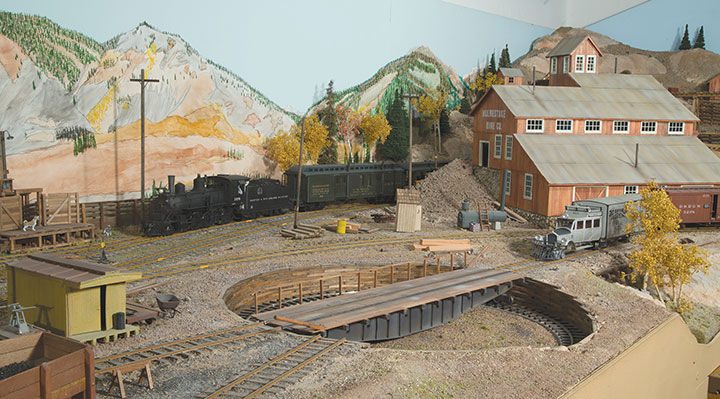
My On3 Durlin Branch of the D&RGW
My layout was to be one of those layouts open for attendees at the recently cancelled NMRA 2021 Rails By The Bay National Convention in Santa Clara, California, July 4 – July 11, 2021. The Committee is now planning a virtual meet, and details of virtual tours are a work in progress. I never expected to write a second article about my On3 Durlin Branch after my first one in the May/June 1984 GAZETTE, unless we moved to another house. We have not moved, but in 1990 my good wife asked, “are you going to do it?” “Do what?” I replied. “Add on to the house for your railroad. I have listened to you describe the space that Bob Brown, Bill Fleisher, Dave Clune and Doctor Miller have for their On3 layouts long enough.” My narrow gauge friends thought this was a great idea, and became part of the house addition construction crew, along with my father-in-law. This article describes my new Durlin Branch.
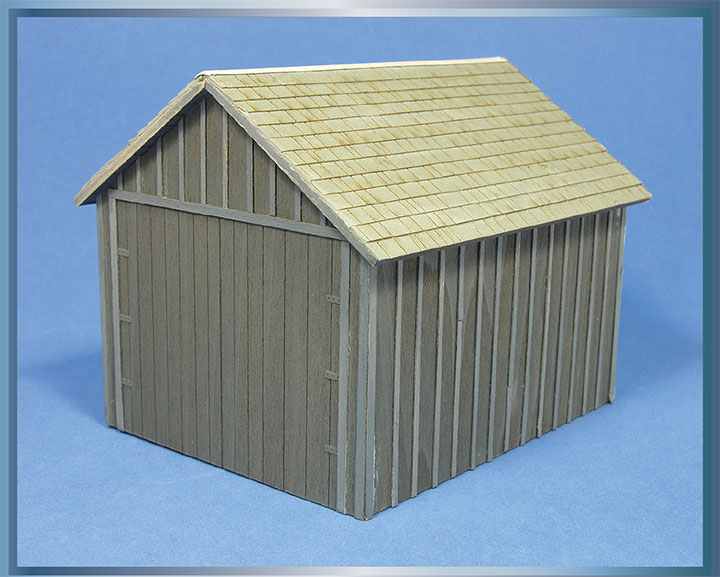
Weathering Wood and Slate
An appealing aspect of O scale buildings, even true for the relatively small shed example of this article, is the ample surface area to add a variety of weathering detail and texture. This article illustrates using several #2 paint brushes, a #11 hobby knife blade, needle, and 220 grit sandpaper to finish and weather board-and-batten wood siding and a slate roof.
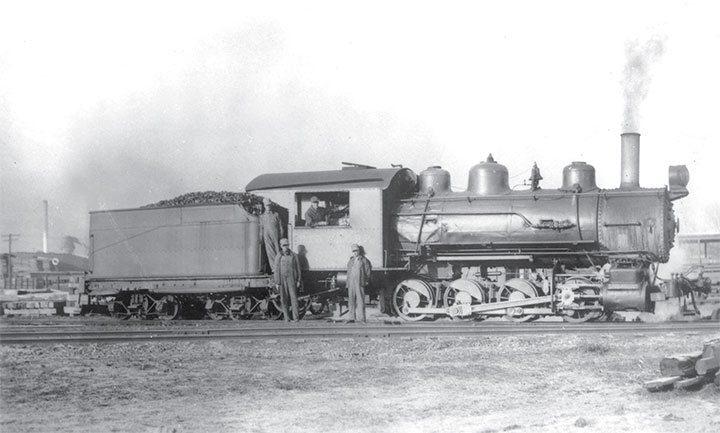
The East Tennessee & Western North Carolina Railroad and its Locomotives
In the first decade of the Twentieth Century, the world of the East Tennessee & Western North Carolina Railroad was figuratively turned upside down. For nearly twenty years, the company had struggled along, barely paying the bills but not always the bond payments, with a small handful of men keeping the trains running. While the national economy waxed and waned, the railroaders carried on, always thinking that things were going to be better “next year.” With the new century came new business opportunities, new locomotives, new freight cars, and new, to them, passenger cars. As I described in the January/February issue, the new Consolidations were moving lots of freight out of the mountains at a rate never before seen by this narrow gauge.
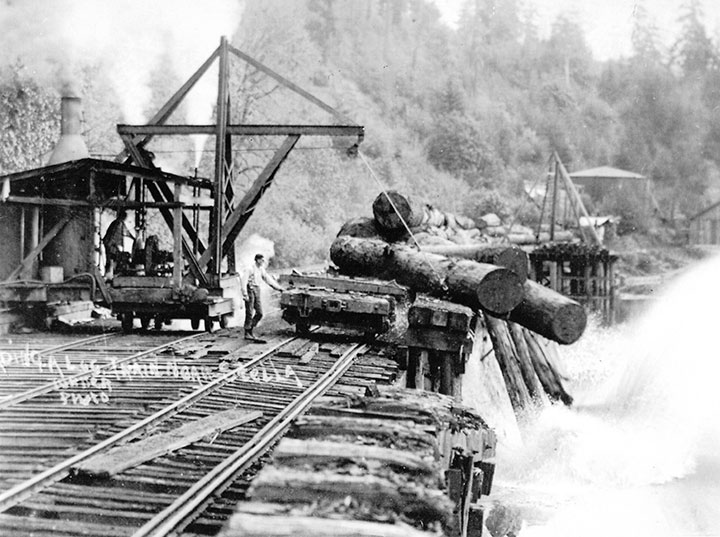
Self-Propelled Log Unloading Machines
The Willamette Iron and Steel Company of Portland, Oregon, also built a self-propelled log unloader known as the “Chapman type.” Companies I know that used this machine in Washington include the Donovan-Corkery Logging Company, the Eastern and Western Lumber Company, the Saginaw Timber Company, the Schafer Brothers Logging Company, the M.R. Smith Shingle Company, and the Wynooche Timber Company. The Valley and Siletz Railroad used one in Oregon on their dump on the Willamette River near Independence. The Pickering Lumber Corporation used one at Standard, California, near Sonora. The Chapman type machine could also “tight line” logs of cars like a Washington Iron Works Machine.
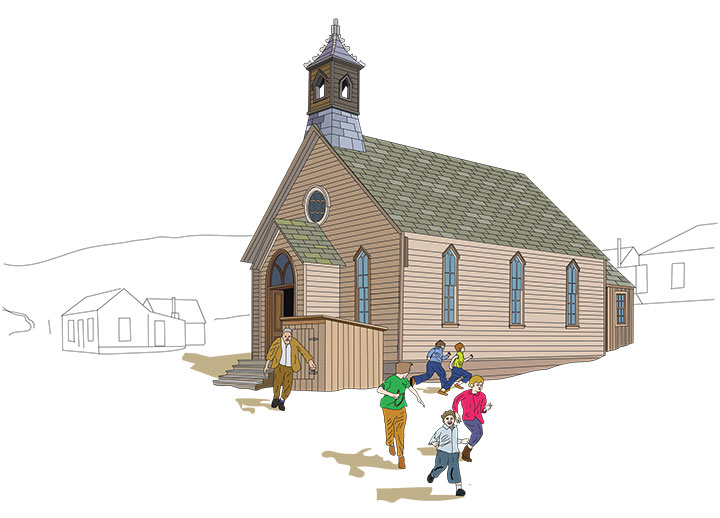
The Methodist Church
In the 1880s, Bodie was the second or third largest town in California, and probably the wildest. There were no churches in Bodie before 1882 to serve the population mainly made up of men. Catholics held services on Sunday mornings in the Miners Union Hall, and the Reverend G.B. Hinkie held Methodist services there in the afternoon.
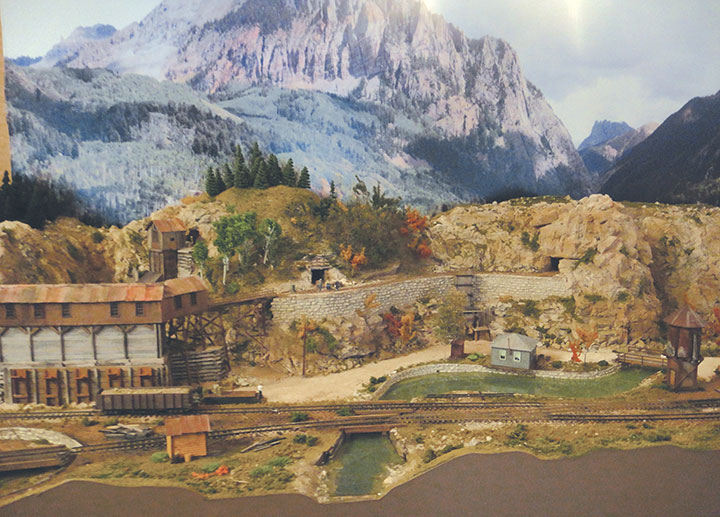
Building Telluride
On the prototype Rio Grande Southern, Telluride was the end of the branch line. I have Vance Junction on my layout, but quietly eliminated the branch. My Vance Junction scene has a spur track going around a hill and ending at a mirror, and I hope nobody asks about Telluride. And yet, my imagination has often configured the Telluride scene that I would have built if there had been room. Well what the heck, I decided to build it and promptly get rid of it. This project didn’t take very much time away from my RGS permanent layout and its on-going improvements. Just for fun, I kept a time log. At the end of the project, I found I had worked on Telluride for 208 hours all in the month of October. That’s more than 50 hours per week every week for a month. Such model railroading intensity is fun for me. It’s what you might call a compelling hobby! Telluride’s materials cost $915. Telluride is the second project this year in which I have taken a “vacation” from my HOn3 RGS layout. The other off-layout project was Da Yooper Mine, presented in the July/August and September/October issues of the GAZETTE.
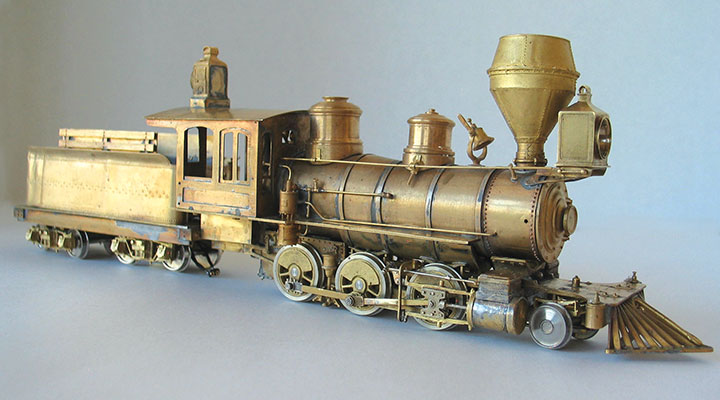
Scratchbuilding Colorado Central #10 for my 0n3 Colorado Central & Southern
The last major step in building Colorado Central #10 is the tender. CC #10’s tender is quite short, which is typical of the era. This meant that a Kemtron tender would be much too long. Also, Kemtron tenders are scarce. They also have a wood floor and I prefer a brass underframe. I initially planned to make my tender shell from sheet brass and punch in the rivets. However, I have a number of flat, etched wrappers I have accumulated over the years, and I found one with a rivet pattern similar to #10’s.
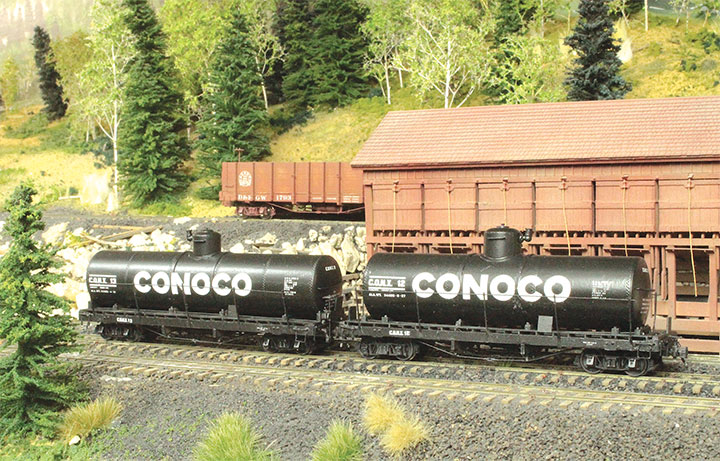
Conoco Tank Cars #12 and #13
I’ve always been interested in the oddball equipment that the narrow gauge railways collected and I enjoy the challenge of trying to replicate these cars in miniature. When I saw Robert (Bob) Stears’ plans in the November/December 2020 GAZETTE for Conoco tank car number 14, I knew this was a prototype that I wanted to model. A few years before his passing, Jim Vail had given me a box of brass tank car bodies that Dick Truesdale of Westside Models had given him. Since then, I had been looking or a suitable project for these tanks, and here it was. With Bob Stears’ plan in hand, I compared the brass tanks to the drawing. Unfortunately, none were even close to the dimensions of CONX 14. I thought that the project was over until I noticed that the plan listed the tank sizes for CONX 12 and 13. All three cars shared the same frame, but the tanks were all different. In that box of tank bodies, I found a perfect match for number 13 and a very close match for number 12. My project was back on track! I switched directions and decided to build 12 and 13 and leave CONX 14 for another day.
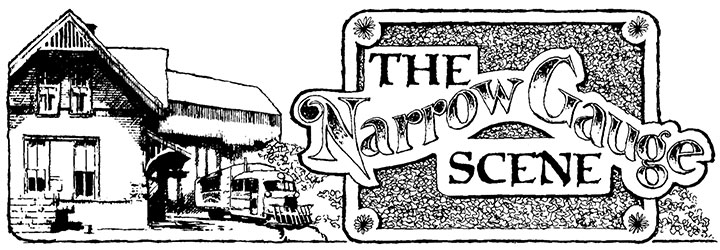
Narrow Gauge at the NMRA
This column is a follow-up to my “Moving the San Juan Central” in the January/February 2021 GAZETTE. In that column, as you may recall, I addressed not only the history of this seminal HOn3 project railroad built by Malcolm Furlow on behalf of Model Railroader, but its ultimate destination to the California State Railroad Museum (CSRM) as part of an exhibit on scale model railroading. This exhibit, The Magic of Scale Model Railroading (or just “the Exhibit” as we call it) is sponsored by the National Model Railroad Association (NMRA), and was designed by The Sibette Group, and fabricated/installed by Gizmo Art Production of San Francisco. While I will be writing a comprehensive article for the NMRA Magazine on the history, elements and features of this Exhibit, in this column, I want to focus on the narrow gauge portions of interest to our readers. In so doing, please understand that the Exhibit is not a narrow gauge exhibit, but rather one that just happened to end up with significant narrow gauge elements.